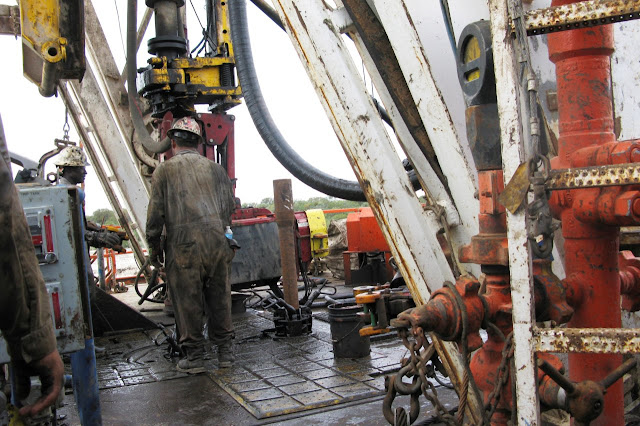WHY U.S. OIL DRILLERS ARE FLOODING THE WORLD / THE WALL STREET JOURNAL
Why U.S. Oil Drillers Are Flooding the World
Projections indicate the U.S. could pump more oil than Saudi Arabia, the biggest producer in OPEC
By Spencer Jakab
OPEC, HERE WE COME
U.S. Net Oil Imports
As oil rebounded last year, it seemed that the U.S. shale patch had found religion—the worship of cash flow. That would have been both bullish for oil prices and, in the long run, good for investors in those companies.
The brief era of discipline by drillers is over. Analysts at Raymond James surveyed about 150 industry representatives last week at the North American Prospects Expo, a large industry gathering. Only 9% predicted that U.S. exploration and production companies would “live within cash flows” with crude at $60 a barrel.
The analysts concluded that “there still appears to be a fairly significant disconnect between what investors want to see E&Ps do and what industry representatives think E&P companies will do.”
The drilling of a horizontal well in west Texas Permian Basin near the town of Mertzon, Texas. Photo: terry wade/Reuters
A report released Tuesday by the International Energy Agency put an exclamation point on the consequences for the global oil market. Even though the agency sees ample demand growth this year, it said that “producers are enjoying a second wave of growth so extraordinary that in 2018 their increase in liquids production could equal global demand growth.”
Reports in recent days from the Organization of the Petroleum Exporting Countries and the U.S. Energy Information Administration both ratcheted expectations of U.S. output higher.
The cartel’s monthly report predicted that non-OPEC supply growth this year would be higher than previously projected at 1.4 million barrels a day, nearly all of which would come from U.S. shale producers.
The EIA said last week in its Annual Energy Outlook that U.S. output would reach a record 11 million barrels a day by the fourth quarter of 2018, a year ahead of schedule. Perhaps even more impressive is the agency’s prediction that the U.S. could become a net oil exporter in four years.
Even at this year’s projection, the U.S. would pump more than Saudi Arabia, the biggest producer in OPEC. While not yet an exporter, U.S. production would equal that of four Kuwaits, 10 Algerias, 20 Ecuadors or 55 Gabons. Net crude imports have dropped below 3 million barrels a day compared with nearly 13 million roughly 12 years ago when President George W. Bush said in his State of the Union speech that America was “addicted” to oil from unstable countries.
What is different between the U.S. and OPEC is that shale production is heavily dependent on price and reliant on constant reinvestment of cash flows. The recent 10% slide in U.S. benchmark crude, in part a response to lofty supply projections, that has pushed it below $60 is enough, in theory, to take marginal wells off the drawing board. Energy executives don’t seem to be blinking, though.
If the drillers keep drilling, prices could tumble as supply grows. That would hurt profits of all producers, but more important would make investors wary of buying into shale producers when prices tick up again.


0 comments:
Publicar un comentario